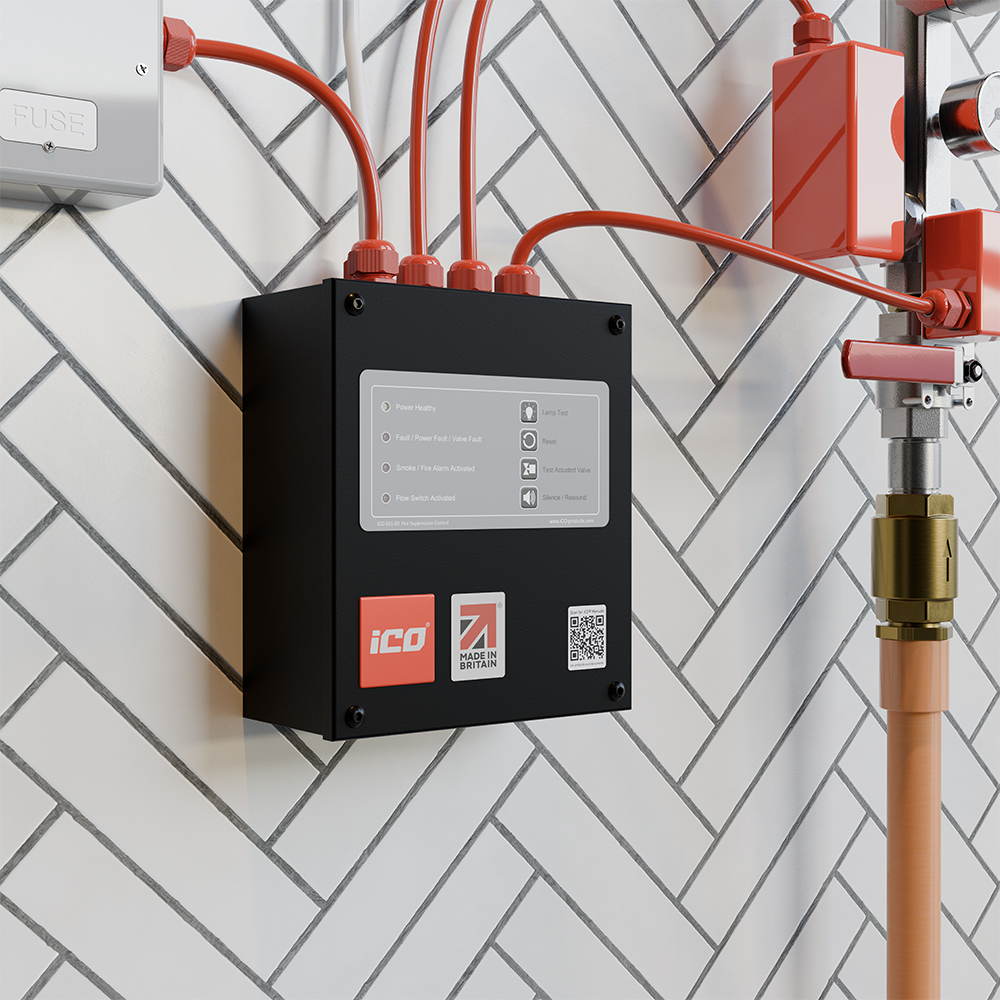Recent industry discussions have reignited concern over poor firestopping practices – and with good reason. Incompatible or hastily applied firestopping materials can place undue stress on pipework, while unplanned penetrations or post-installation rework can compromise sealed areas. These issues often go unnoticed until much later, when hidden leaks emerge and cause significant disruption long after project completion.
Leaks in automatic water fire suppression systems (AWFSS) don’t always appear straight away – they can develop months or even years after installation. When leaks occur post-handover, they often lead to:

Automatic water fire suppression systems (AWFSS), such as sprinklers or water mist, typically require pipework to pass through ceilings, risers, and service voids – the areas where effective fire stopping is essential.
If a leak is detected after these areas have been sealed, installers are often forced to reopen finished compartments. This adds time, cost, and risk – compromising the building’s overall fire strategy.
For more information regarding the risks associated with automatic water fire suppression systems (AWFSS), please visit The Flow Controller from iCO®.
Poor fire stopping isn’t just a construction issue, it’s a risk that can resurface long after the build is complete. By incorporating automated flow shut-off, the Flow Controller from iCO® helps ensure that any future leaks are contained before they cause major damage to the property.
Even with thorough commissioning, post-completion failures can happen. The Flow Controller adds a critical layer of protection, giving installers, property developers, and building owners peace-of-mind that the system is safeguarded for the long-term.
